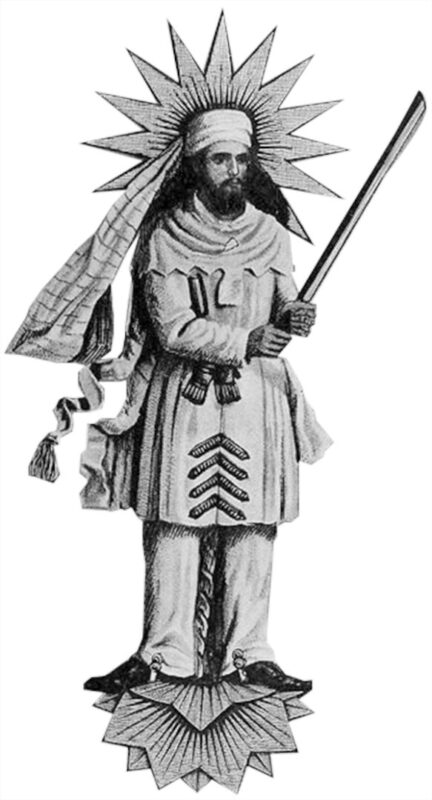The exact birthplace of Zoroaster, the founder of Zoroastrianism, remains a captivating mystery. While theories propose various regions within Greater Iran as his origin, Lake Hamun in Sistan and Baluchistan holds a particularly captivating role in the discussion.
Arguments for Lake Hamon as Zoroaster’s birthplace:Religious Significance: Lake Hamun carries immense importance in Zoroastrian cosmology. Believed to be the “keeper of Zoroaster’s seed,” the lake holds mythical significance as a site of pilgrimage and a prophesied location for the birth of the Saoshyants, saviors of humankind.
Legends and Traditions: Zoroastrian oral traditions weave intricate tales about Lake Hamun’s connection to Zoroaster. One legend speaks of him receiving divine revelations near the lake, while another narrates his miraculous escape across its waters.
Archaeological Discoveries: Although limited, archaeological findings near Lake Hamun offer glimpses into a potentially Zoroastrian past. Excavations around the lake’s margins have unearthed ancient settlements and burial grounds, hinting at a long-standing human presence in the area.
Challenges and Considerations:Lack of Concrete Evidence: Despite its religious significance and legendary associations, no definitive archaeological or historical proof directly links Lake Hamun to Zoroaster’s birthplace.
Alternative Theories: Other regions, like Bactria in Central Asia and Ragha in northeastern Iran, also hold strong claims to being Zoroaster’s homeland, supported by their own historical and archaeological evidence.
Zoroaster’s Legacy in Sistan and Baluchistan:Regardless of the specific birthplace, Sistan and Baluchistan undeniably played a pivotal role in shaping and disseminating Zoroastrianism. Traces of its influence are woven into the fabric of the region’s history and culture.
Ancient Zoroastrian Sites: The ruins of Shahr-e Sukhteh, also known as the “Burnt City,” showcase a complex civilization with features potentially linked to early Zoroastrian practices.
Enduring Traditions: Zoroastrian communities continue to thrive in pockets of Sistan and Baluchistan, carrying forward ancient customs and rituals, like fire worship and reverence for nature.
Cultural Tapestry: Zoroastrian beliefs and symbols have permeated the region’s folklore, art, and architecture, leaving an indelible mark on its cultural identity.
Conclusion:
While the pinpoint location of Zoroaster’s birth remains shrouded in the mists of time, Lake Hamun’s undeniable significance in Zoroastrian mythology and the broader context of Sistan and Baluchistan’s rich Zoroastrian heritage offer a captivating glimpse into the religion’s profound roots in the region. The ongoing quest to unravel the mystery surrounding Zoroaster’s origins continues to fascinate scholars and believers alike, adding to the mystique and allure of this ancient faith.
It’s important to remember that attributing Zoroaster’s birthplace to any specific location, including Lake Hamun, remains a matter of ongoing debate and interpretation. While the arguments presented have merit, they lack definitive proof, making it crucial to approach all claims with a critical and open mind.



